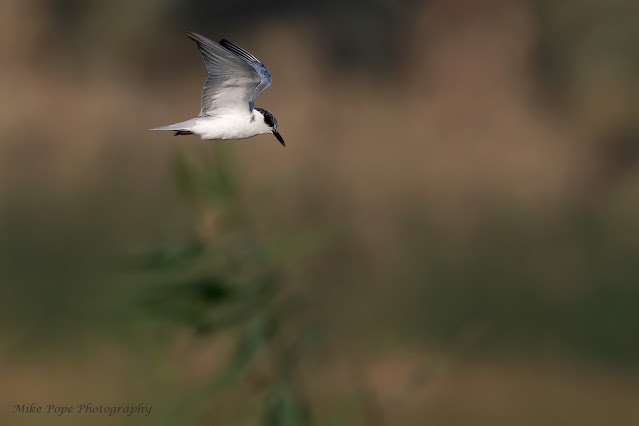Week 47; 21 November 2020 - Abraq and Pivot Fields
As I will be leaving Kuwait early next month, Neil Tovey, Paul Scott and I planned a morning out to the west. Unfortunately, the weather didn't get the Memo and was not what we planned with overcast conditions and strong wind with blowing dust. That didn't deter us though when we met just after 4:30am to head west. Inclement weather does sometimes drop good birds, plus this trip was all about the company.
We reminisced on the drive and had many laughs, so before we knew it we had arrived without much improvement in the weather. We spent an hour, at the farm found only 6 species and then cut our losses.
We headed back east to the Pivots and bizarrely the weather improved a little, or at least the wind died down and gave us a good 2-hours before it turned again.
We went in search of the Richard's Pipit's finding 5 and possibly a 6th bird. We tried our best to check for any Blythe's, but all were Richard's
 |
| Richard's Pipit (Anthus richardi) |
We then scoured the big flocks of White Wagtails looking for a possible Eastern Yellow. We were pretty excited when we did find a possible candidate, but it turned out to be a late Western, after some discussion later in the day.
The pale ear coverts and distinct pale area below the eye along with the contrasting yellow undertail and vent are all pro Western features
 |
| Western Yellow Wagtail (Motacilla flava) |
We had 12 Sociables amongst the Northern Lapwing whilst looking at the Wagtails. On one of the pylons, an impressive near adult Imperial Eagle that didn't allow close approach at all
 |
| Eastern Imperial Eagle (Aquila heliaca) |
This 1st year Long-legged Buzzard was quite obliging - but probably reluctant to fly in the dust which was now picking up on the stronger wind
 |
| Long-legged Buzzard (Buteo rufinus) |
Further along, we found the 'black' Long-legged Buzzard that has being harassed by a regular Long-legged
 |
| Long-legged Buzzard (Buteo rufinus) |
We also had a Montagu's Harrier which I didn't see hear yesterday and was most certainly brought down by the weather
 |
| Montagu's Harrier (Circus pygargus) |
Last stop at the marsh, there wasn't much as the wind was pumping pretty hard - but I did see this female Yellow-crowned Bishop hanging onto a reed low down.
 |
| Yellow-crowned Bishop (Euplectes afer) |
After that we called it quits as visibility dropped quickly.
But today, was about camaraderie and enjoying our last birding outing together with hopefully a few good birds thrown in the mix. No mega's but a little excitement for sure.
As my time in Kuwait winds down, everything is starting to become a little surreal.....

















































